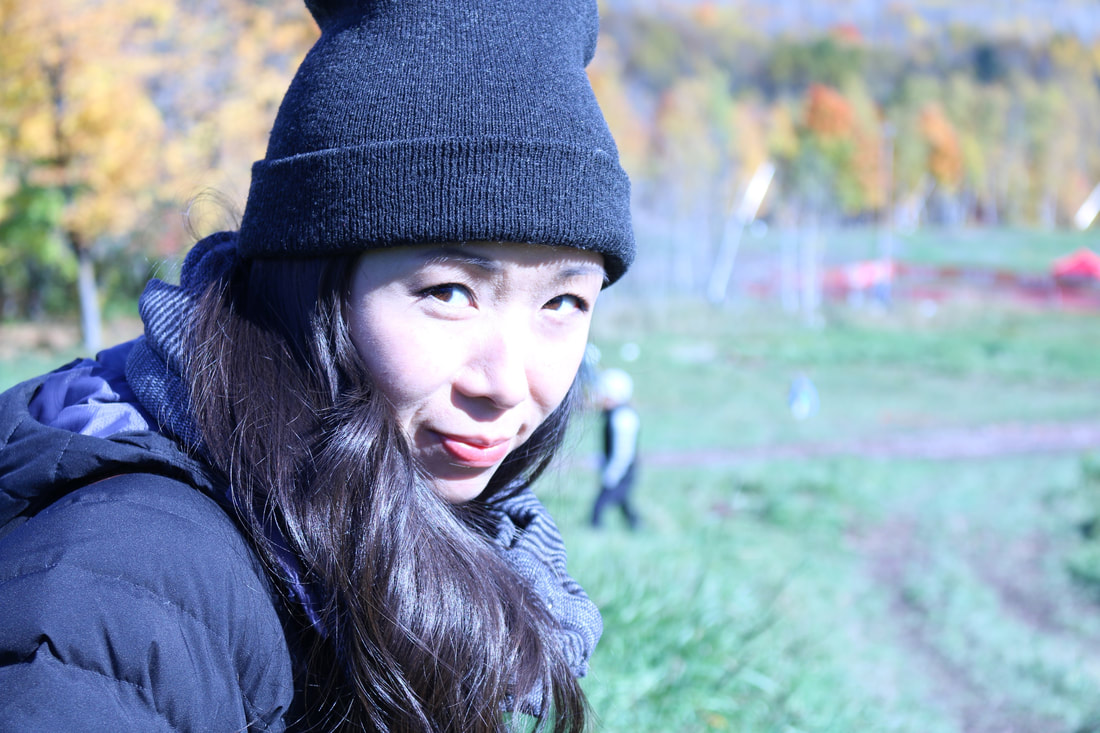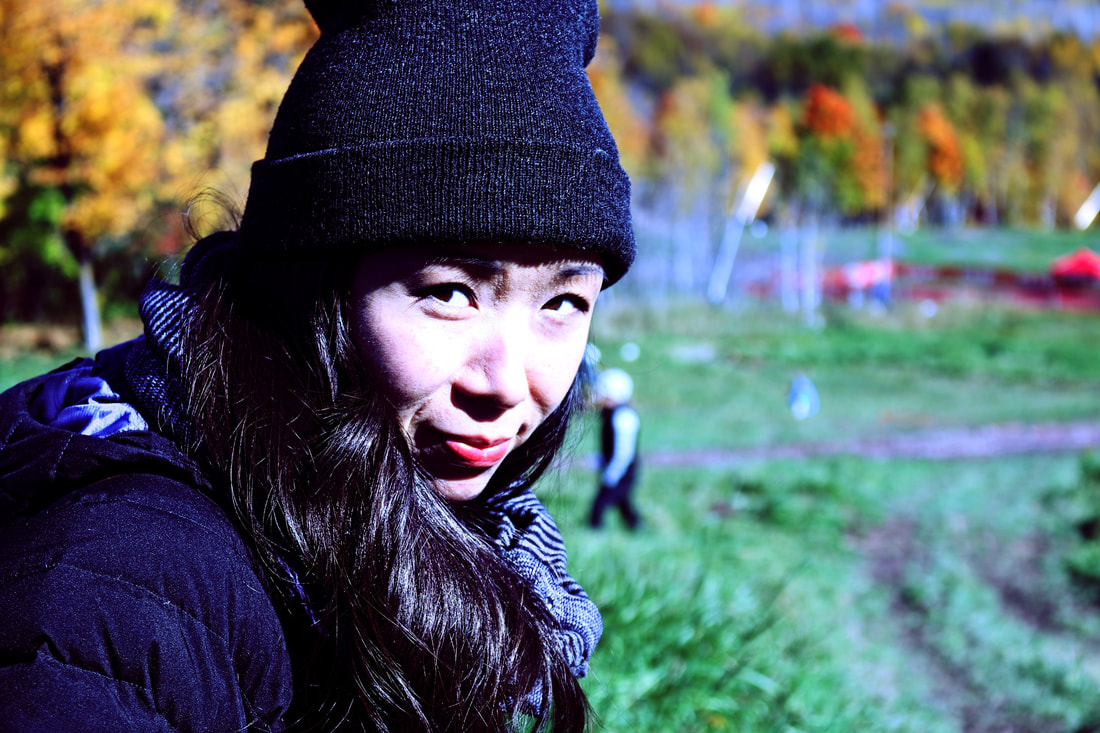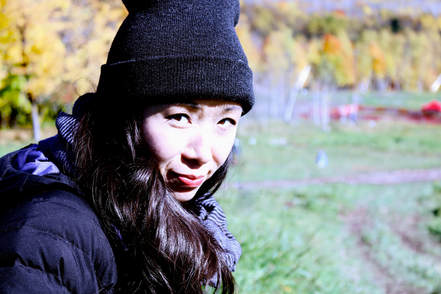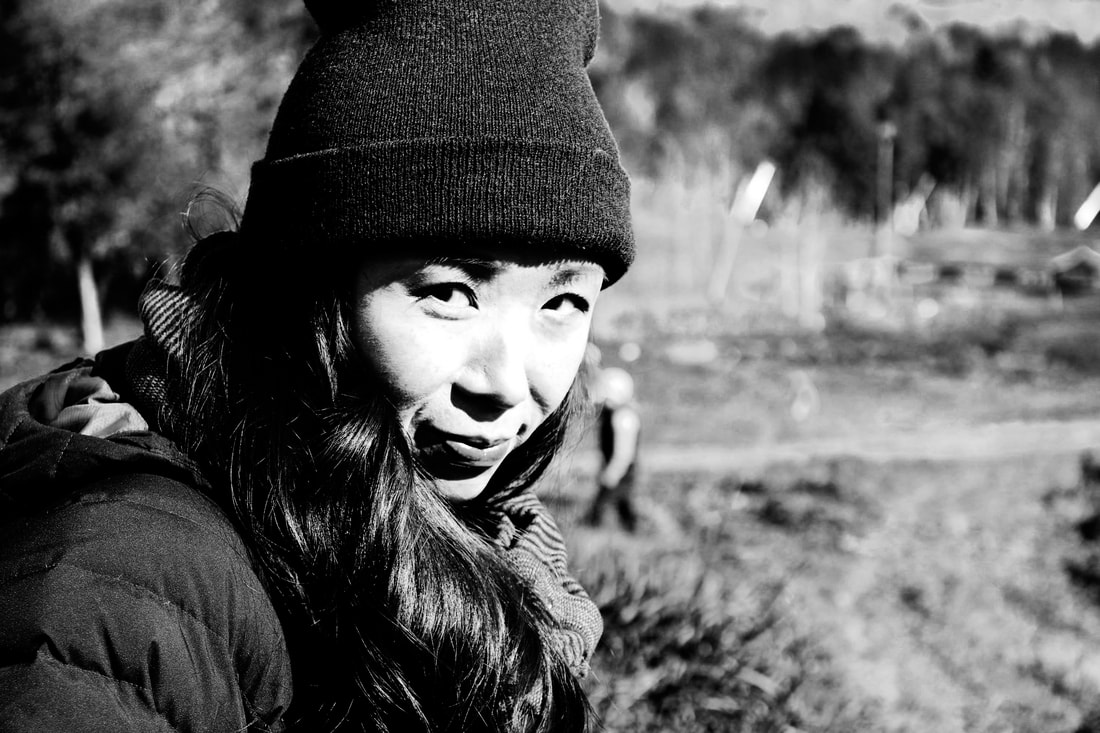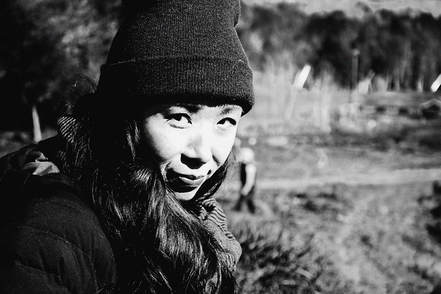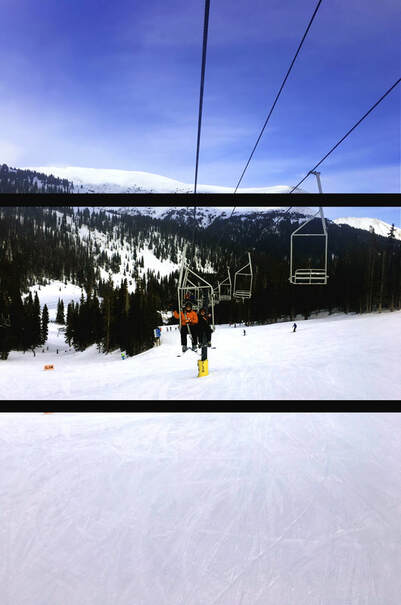What Is a Triptych in the Art World?
A triptych is a picture in three parts. The triptych is a very popular format in the arts for a range of reasons and they're designed to be displayed together as a single piece.
Triptychs may be large or small and they may be hinged for a standing display or hung separately on the wall. It can be used in any art medium, including paintings, drawings, and photographs to create a compelling piece of art or to tell a story.
THE SIGNIFICANCE OF THE TRIPTYCHThe word triptych (pronounced trip-tick) has its origins in the Greek 'triptykhos' meaning three-layered. It is, quite simply, a picture that is painted or printed on three panels. Likewise, a diptych has two panels, a quadtych has four panels, and a polyptych has five or more panels.
Traditionally, the triptych is used for altarpieces. These include a large central panel and two smaller panels painted inside folding doors. As well as being functionally appropriate, the three-fold nature reflects the religious symbolism of the number three.
The three-act dramatic structure is also evident in the application of the triptych format by many artists, with the panels representing a beginning, a middle, and an end.
REASONS TO USE A TRIPTYCH IN ART
The way an artist uses the three panels of a triptych can vary. Sometimes they may flow together to form a single unified scene or they may each function as a separate painting.
Typically, there will be a strong sense of visual coherence.
Artist may use a triptych for any of the following reasons:
HOW TO CREATE AND DISPLAY A TRIPTYCH
Whenever you create any multi-paneled piece of art, it is important to maintain uniformity in each piece. Without some style or technical element that connects the individual panels, the final piece will lose its impact on the viewer. Triptychs can be overwhelming or confusing if the format is not used wisely.
Ways to achieve continuity include a constant horizon line or background, a unified palette, consistent handling of the subject matter, or a progression or continuity of theme or subject.
It is also important that the pieces be displayed in the same manner. Use the same support for each panel: board and canvas are popular with painters; drawings and paintings on paper should use the same material, as should photographs.
Each piece of the set should have the same framing, mat, or canvas wrap technique as well. The hardware for hanging should be placed so the pieces are easy to hang in an even line. If you're hinging a triptych, be sure that it folds easily and rests evenly on a surface.
Triptychs may be large or small and they may be hinged for a standing display or hung separately on the wall. It can be used in any art medium, including paintings, drawings, and photographs to create a compelling piece of art or to tell a story.
THE SIGNIFICANCE OF THE TRIPTYCHThe word triptych (pronounced trip-tick) has its origins in the Greek 'triptykhos' meaning three-layered. It is, quite simply, a picture that is painted or printed on three panels. Likewise, a diptych has two panels, a quadtych has four panels, and a polyptych has five or more panels.
Traditionally, the triptych is used for altarpieces. These include a large central panel and two smaller panels painted inside folding doors. As well as being functionally appropriate, the three-fold nature reflects the religious symbolism of the number three.
The three-act dramatic structure is also evident in the application of the triptych format by many artists, with the panels representing a beginning, a middle, and an end.
REASONS TO USE A TRIPTYCH IN ART
The way an artist uses the three panels of a triptych can vary. Sometimes they may flow together to form a single unified scene or they may each function as a separate painting.
Typically, there will be a strong sense of visual coherence.
Artist may use a triptych for any of the following reasons:
- To give the art a narrative in the beginning, middle, and end sense of a story.
- To continue a theme along three pieces.
- To examine a subject from multiple perspectives or with varying techniques.
- To show the progression of a subject, such as its growth or decline.
- To showcase three separate elements that are related and complement each other.
- To break up a very large piece for easier transport, storage, and display.
HOW TO CREATE AND DISPLAY A TRIPTYCH
Whenever you create any multi-paneled piece of art, it is important to maintain uniformity in each piece. Without some style or technical element that connects the individual panels, the final piece will lose its impact on the viewer. Triptychs can be overwhelming or confusing if the format is not used wisely.
Ways to achieve continuity include a constant horizon line or background, a unified palette, consistent handling of the subject matter, or a progression or continuity of theme or subject.
It is also important that the pieces be displayed in the same manner. Use the same support for each panel: board and canvas are popular with painters; drawings and paintings on paper should use the same material, as should photographs.
Each piece of the set should have the same framing, mat, or canvas wrap technique as well. The hardware for hanging should be placed so the pieces are easy to hang in an even line. If you're hinging a triptych, be sure that it folds easily and rests evenly on a surface.
- Some artists choose to make all three panels the same size. Others prefer two panels of thinner widths on the sides of a larger central piece. You can also progress from thin to thick panels if it's right for the piece you're designing.
- Triptychs are traditionally hung in a horizontal format and viewed from left to right.
- With the right subject and composition, a vertical display can be quite the showcase piece as well.
- While artists often play with the width of the panel, the height is typically uniform. But again, the right piece may work well with the side panels a couple inches shorter if they're hung correctly on the wall.
| the_triptych__1_.pptx | |
| File Size: | 8560 kb |
| File Type: | pptx |
THE SUMMATIVE OPTIONS
In todays digital photography world the process of physically taking the picture; lighting, composition, depth of field, sharpness, etc. is just the first half. Digitally processing the image through programs like photoshop, "light room", and "capture one" essentially take the place of the dark rooms of the past. These new digital tools are crucial to the process of creating the story you wish to tell through your photos. Look at the examples below and ask yourself how each treatment alters your viewing experience.
In this summative exercise you will not only be required to tell a story through 3 photos, you will also need to process them in a way that adds to the story. Under each option there are 3-4 videos that will guide you through the various image process techniques.
If you don't see what you might be looking for in the videos please feel free to be pro active and search out other videos that maybe able to guide you in your desired direction. Your imagination and vision are pretty much your only limitation!
In this summative exercise you will not only be required to tell a story through 3 photos, you will also need to process them in a way that adds to the story. Under each option there are 3-4 videos that will guide you through the various image process techniques.
If you don't see what you might be looking for in the videos please feel free to be pro active and search out other videos that maybe able to guide you in your desired direction. Your imagination and vision are pretty much your only limitation!
NELSON'S EXAMPLES
B&W with adjustments, grain filter and vignette mask
option one
For this option you will be doing a somewhat traditional portrait, in that you will be doing a series of close-ups, shoulders up, of a individual. Your triptych needs to tell a intentional story; who is this person, what are they like, emotions, inner person revealed, etc. Why should we care
All three images should fit together stylistically through composition, colors, lighting, etc.
All three images should fit together stylistically through composition, colors, lighting, etc.
|
|
|
option two
For this option you will be doing a non-traditional portrait, in that you will be doing a series of 3 super close-ups, highlighting the face, the hands, and the feet of a individual. Your triptych needs to tell a intentional story; who is this person, what are they like, emotions, inner person revealed, etc. Why should we care
Creating a shallow depth of field will be crucial for a success series. Remember that a big number fstop equals a small opening resulting in a shallow depth of field.
All three images should fit together stylistically through composition, colors, lighting, etc.
Creating a shallow depth of field will be crucial for a success series. Remember that a big number fstop equals a small opening resulting in a shallow depth of field.
All three images should fit together stylistically through composition, colors, lighting, etc.
|
|
|
option three
for this option you will be creating a triptychby taking 3 images to create one image through overlapping portions as well as using blending modes
Below are a variety of textures and papers for you to experiment with. Additionally I have included some video tutorials to help you with the process.
Below are a variety of textures and papers for you to experiment with. Additionally I have included some video tutorials to help you with the process.
|
|
|
|
|
|
Remember that this option relies heavier on your photoshopping skills to create a dynamic narrative. This is not just taking three pictures and over lapping or even worse taking one picture and separating it.
|
YES!!!!!
|
|
